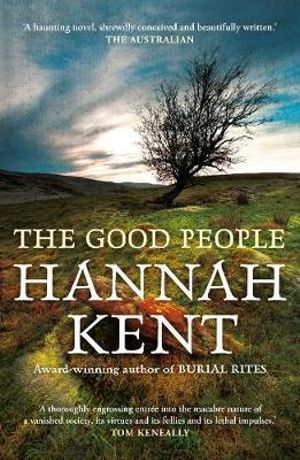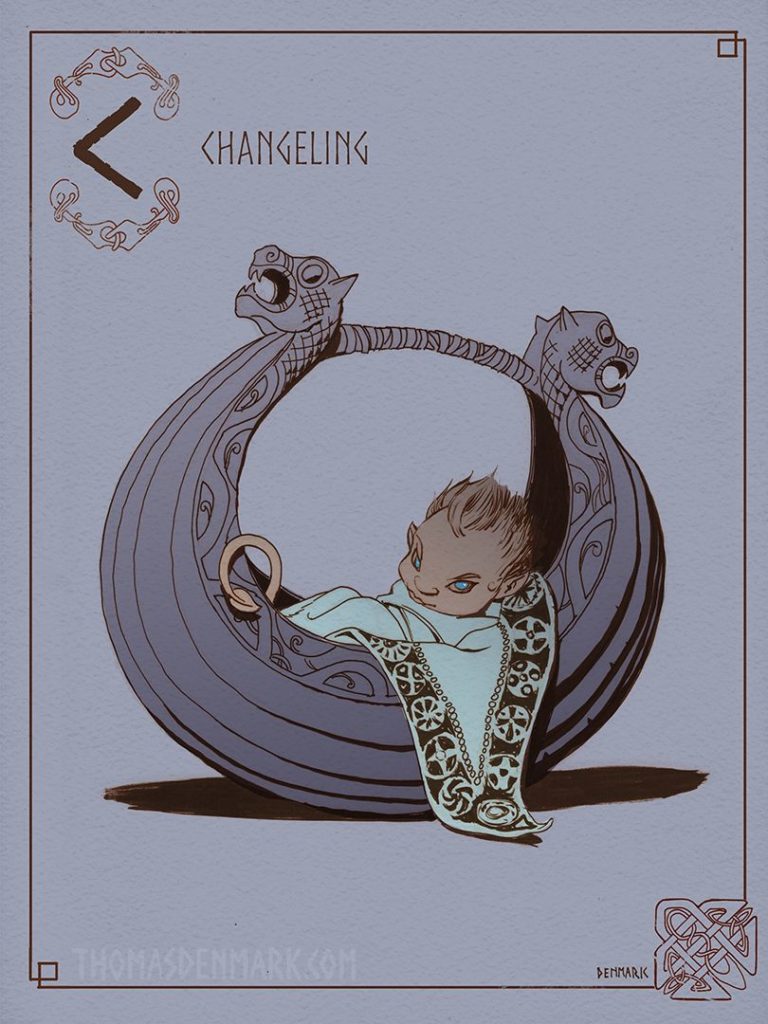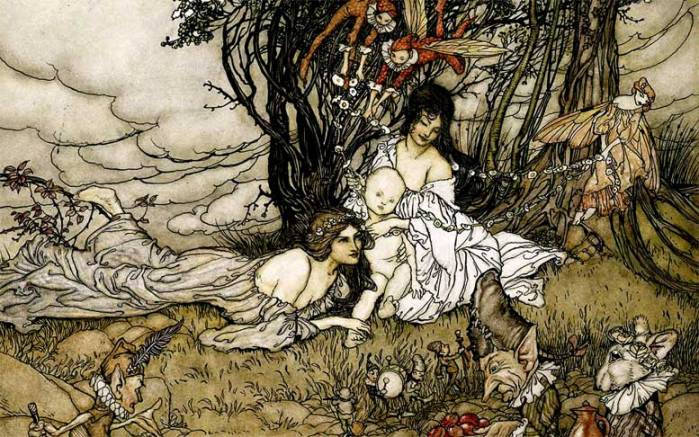A few weeks ago I organised a workshop in Canberra for my work team. As part of a session about our organisation's values (respect, integrity, collaboration, excellence and innovation), I took them to the National Portrait Gallery, where we all chose an artwork of a person who we felt represented those values, and shared our findings with the group. These are the results:
 |
| Adam (Adam Goodes), 2014 by Alan Jones |
Adnyamathanha/ Nurangga man Adam Goodes (b. 1980) is a former champion AFL footballer who played 396 games with the Sydney Swans. Recognised as one of Australia's great footballers, he is a dual Brownlow medalist, a four-time all-Australian, and a member of the Indigenous Team of the Century. With his cousin and fellow Swans star, Michael O'Loughlin, Goodes established the GO Foundation in 2009 to provide educational opportunities and mentoring for the next Indigenous generation. Awarded Australian of the Year in 2014, he has challenged endemic racism both on and off the field. After his early retirement in 2015 following repeated on-field heckling and a lack of support from the AFL, he co-founded the Indigenous Defence and Infrastructure Consortium, which helps First Nation businesses work in long-term building projects.
Goodes' pride in his cultural heritage and the dignity on his stand against racism inspired Alan Jones, a self-confessed Swans supporter, to paint this dual portrait for the Archibald Prize in 2014. "I have enormous respect for the strength and integrity he shows both on and off the field. Adam is an amazing athlete but also so much more than that; he is a son, a brother, an extremely proud Indigenous Australian... and a great role model in so many ways."
 |
| Dr Joan M Redshaw by Barbara Tribe |
Joan Redshaw AM (1921-1944), medical practitioner, graduated from the University of Sydney in 1944 before travelling to London to complete post-graduate studies in paediatrics at the Great Ormond Street Hospital. Returning to Australia in 1948, she became the first woman ship's surgeon to be employed by the Orient Line, famously performing an appendectomy on the Red Sea. On board, she met Captain Arthur Strong, whom she married in 1949. For twenty years from 1951, Redshaw was a paediatrician and general practitioner in Nabiac, on the mid-north coast of New South Wales. A member of the Women's Advisory Board to the NSW premier, she spent twelve years on the council of the Medical Association. As president of the International Women's Association, she campaigned against child marriage and female circumcision; her local community involvements included crisis accommodation for women affected by domestic violence, and alcoholic programs.
Barbara Tribe was a significant sculptor and the first woman to win the New South Wales Travelling Art Scholarship. She spent most of her career in England, exhibiting with the Royal Academy and the Royal Society of British Sculptors.
 |
| Quentin Bryce (2016) by Michael Zavros |
The Hon. Dame Quentin Bryce AD CVO (b. 1942), academic, lawyer and human rights advocate, was the first woman to be appointed governor-general of Australia. Born in Brisbane, she spent her early childhood in Ilfracombe in central western Queensland. She attained degrees in arts and law at the University of Queensland, where in 1968 she became the first female member of the law faculty. By the time she retired from teaching in 1983, she was increasingly involved in human rights and advocacy work. Between 1984 and 1993 she was director of the Queensland Women's Information Service, director of Queensland's Human Rights and Equal Opportunity Commission and the Federal Sex Discrimination Commissioner. In 1997 she became principal and chief executive officer of the Women's College within the University of Sydney. Six years later she became governor of Queensland. In 2008 she was appointed Australia's 25th governor-general, and served in this role until March 2014.
Michael Zavros commenced work on this portrait in 2015, when Bryce became chair of Queensland's Special Taskforce on Domestic and Family Violence. Zavros included the proteas as the emblem of the Taskforce, but also to signify the sitter's strength and wisdom, and the dignity of her longstanding commitment to justice and human rights.
 |
| Professor Penny Sackett, astronomer and physicist (2011) by Andrew Mezei |
Penny Sackett (b. 1956), physicist, astronomer and former Chief Scientist for Australia, gained her PhD in theoretical physics at the University of Pittsburgh. In 2002 she was appointed director of the Research School of Astronomy and Astrophysics at the Australian National University. Responsible for the Mount Stromlo Observatory, she had to endure its destruction by bushfires in January 2003, and negotiations for the insurance payout and rebuilding of the heritage-listed facility. Sackett was one of an international team of 73 astronomers who discovered the first known earth-sized planet orbiting a normal star other than the Sun in the inner Milky Way in 2006. Appointed the Chief Scientist for Australia in late 2008, Sackett remained an adjunct professor at ANU and continued to supervise research students. She resigned as Chief Scientist in 2011, announcing that she intended to contribute to science in other ways.
Entering this portrait in the Archibald Prize for 2011, Andrew Mezei said that he aspired to paint Sackett after hearing her speak on the radio. He wrote: 'She responded to scepticism about climate change with eloquent reasoning … I wanted to show her femininity as perfectly compatible with her impeccable focus on facts.' The setting is imagined, though informed by various images of Mount Stromlo Observatory.
 |
| Lowitja O'Donoghue (2006) by Robert Hannaford AM |
Lowitja O'Donoghue AC CBE (b. 1932), Indigenous rights campaigner, is a Yankunjatjara woman. Removed from her mother at the age of two, she was raised in a mission home and worked as a nurse before joining the Department of Aboriginal Affairs in 1967. By 1975, she was its regional director in South Australia. She was Foundation Chair of the National Aboriginal Conference in 1977 and chaired the Aboriginal Development Commission from 1989 to 1990. O'Donoghue was Australian of the Year in 1984, when she became the first Aboriginal person to address the General Assembly of the United Nations. While Chair of the Aboriginal and Torres Strait Islander Commission between 1990 and 1996, she helped to draft the Mabo legislation. Currently she is Patron of Reconciliation South Australia and of the Lowitja Institute of Aboriginal and Torres Strait Islander Health.
Robert Hannaford said of O'Donoghue that he observed a 'vast understanding and sympathy in her face, a sadness', but also thought she looked 'fantastic in that light I've got in that studio'. The pair became friends during the many hours of sittings involved in creating the work.







